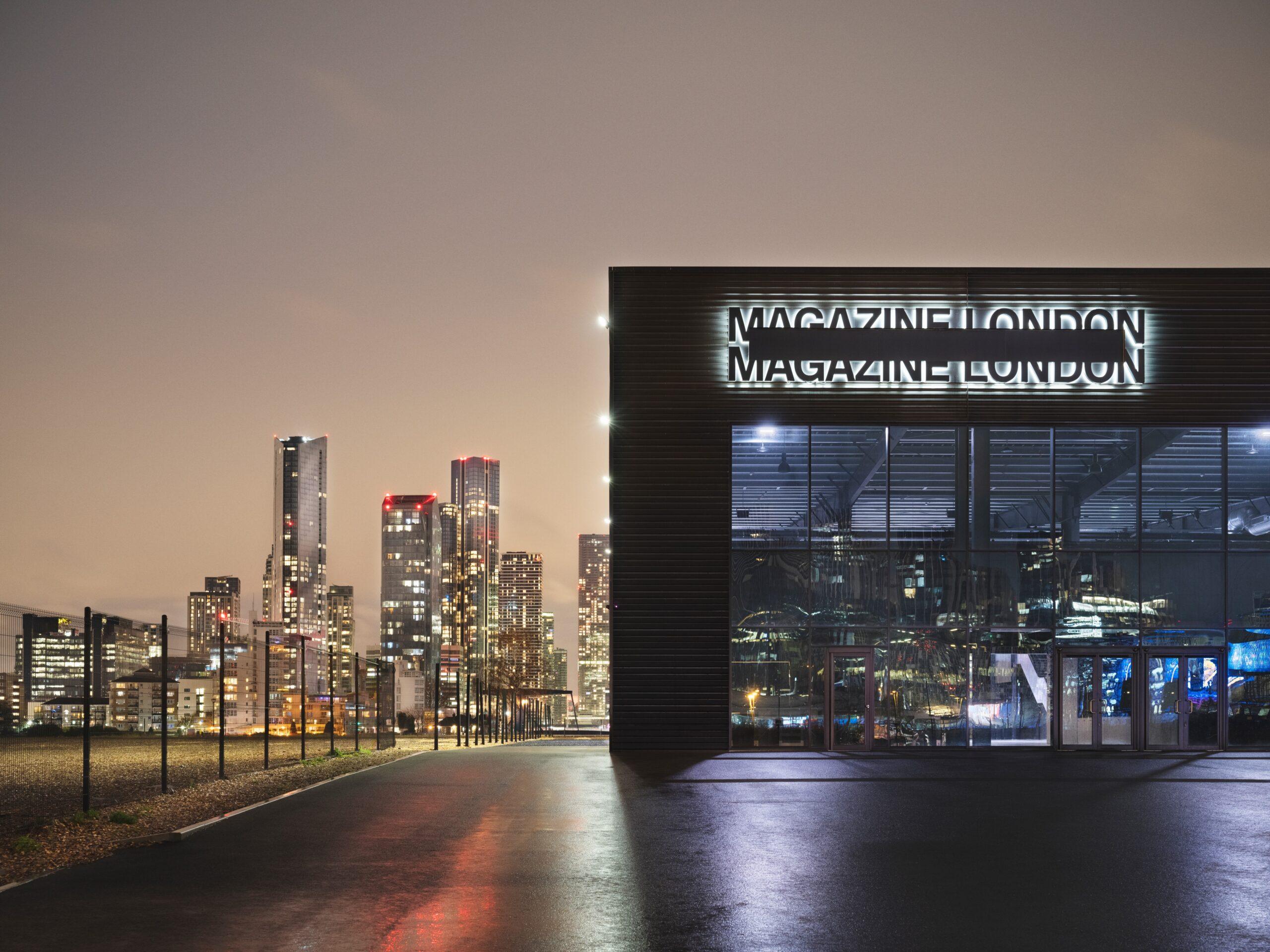Fashion is a realm where innovation and imagination intertwine, continually pushing the boundaries of what is possible. This extends not only to the garments themselves but also to the fashion venues where these creations are showcased. Designers have increasingly embraced unconventional spaces to stage their runway shows, transforming them into immersive experiences that engage audiences and elevate the narrative of their collections.

Unconventional Venues: Breaking the Mold
For years, the fashion industry has been moving away from traditional catwalk venues in favor of more unique and breathtaking settings. This shift has seen designers like Karl Lagerfeld, Marc Jacobs, and Gucci use everything from the Great Wall of China to the cloisters of Westminster Abbey as their backdrops. London Fashion Week 2024 promises to continue this trend, with designers eager to be the first to use iconic spaces in innovative ways. Notably, Raf Simons chose Printworks for his debut UK show, a venue once home to the largest printing factory in Western Europe. The venue's preserved industrial aesthetics provided a dramatic and fitting backdrop for Simons’ groundbreaking collection.
This move toward unusual venues highlights the importance of location in crafting the overall ambiance of a fashion show. The choice of venue is not merely a logistical decision; it's an integral part of the storytelling process. Designers, and indeed any creative visionary, can make a bold statement by selecting unexpected locations and transforming them through production into environments that complement the essence of their collection and brand. By breaking away from the norm, they set the stage for a truly unique experience, one that is often unrepeatable and creates a sense of being part of history in the making.


Crafting a Narrative Through Space
Every fashion collection tells a story, and the runway is its stage. The venue plays a crucial role in shaping this narrative, providing a backdrop that enhances the garments' allure. When Gucci presented its eclectic 2017 cruise collection at Westminster Abbey, for example, the historical significance of the venue added a layer of grandeur and resonance to the modern designs.
But it's not always about juxtaposing past and present. Sometimes, the power lies in the transformation itself—the way a space can be reimagined to reflect the futuristic elements of a collection or to highlight a new cultural narrative. Pierre Cardin's use of the Dunhuang dunes in China for his Spring/Summer 2008 show, for instance, created an ethereal atmosphere that echoed the infinity and mystery of the desert landscape. These creative pairings between venue and collection allow designers to weave a richer tapestry where different artistic and thematic elements converge in a visually striking dialogue.


The Impact of Venue on Fashion Shows
Showcasing fashion in unconventional spaces is about more than aesthetics; it's about creating an experience that resonates deeply with the audience. The juxtaposition of contemporary fashion within iconic settings infuses the pieces with a sense of art being made, where attendees feel they are witnessing a unique moment in time. Being at the forefront of such innovation offers the audience an opportunity to be part of something special, something that transcends the ordinary and invites them into a world where the boundaries between fashion and art blur.
This fusion of fashion and location not only highlights the boldness and versatility of modern design but also celebrates the cultural significance and potential of the spaces themselves. By stepping outside traditional boundaries, designers create a memorable experience that resonates long after the show concludes.

The Future of Fashion Shows
As the fashion industry continues to innovate, the trend of using unexpected venues is likely to grow. Designers are constantly seeking new ways to engage audiences and differentiate their collections. Whether it's a converted warehouse like Beams in London, a sports car garage in New York, or a serene lavender garden, the possibilities for London Fashion Week venues and beyond are endless.
In this evolving landscape, the venue becomes an essential component of the fashion narrative, shaping the perception and allure of the collection. It is a testament to the power of creativity and the ability of fashion to transform spaces into art.
As designers push the boundaries of conventionality, the art of fashion in unexpected spaces will continue to inspire and engage, leaving an indelible mark on the industry and its audience. This year, as we look forward to the next season's shows, we anticipate the continued evolution of the vogue runway and the exciting new stories these innovative catwalk venues will help tell.




